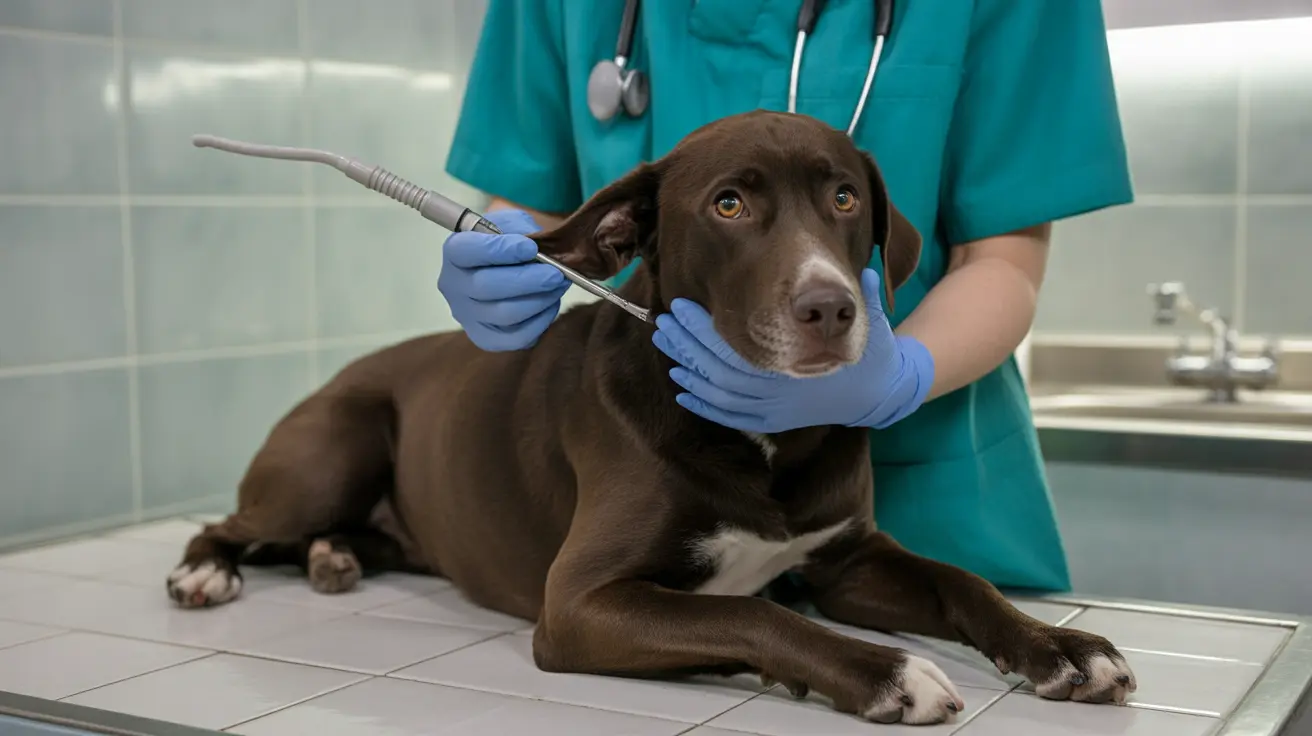As pet owners increasingly seek healthy, natural additions to their dogs' diets, beans have emerged as a topic of significant interest. While many beans can be a nutritious supplement to your dog's regular meals, it's crucial to understand which types are safe, how to prepare them properly, and what benefits and risks they may present.
In this comprehensive guide, we'll explore everything you need to know about feeding beans to your canine companion, ensuring you can make informed decisions about incorporating these protein-rich legumes into your dog's diet safely.
Safe Bean Varieties for Dogs
Not all beans are created equal when it comes to canine consumption. Here are the varieties that are safe for your four-legged friend:
Green Beans: The Safest Option
Green beans stand out as particularly dog-friendly, offering a low-calorie, nutrient-rich option that can be served fresh, frozen, or lightly cooked. They're especially beneficial for weight management and make excellent training treats.
Other Safe Options
- Black beans
- Kidney beans (fully cooked only)
- Pinto beans
- Garbanzo beans (chickpeas)
- Navy beans
- Lima beans
- Lentils
Proper Preparation Methods
The way you prepare beans for your dog is crucial for their safety and digestibility:
Cooking Requirements
Always cook beans thoroughly before serving them to your dog. Raw beans contain compounds that can be toxic and cause severe digestive issues. Boil them in plain water until completely tender.
Seasoning Guidelines
Avoid all seasonings, including:
- Salt
- Garlic
- Onion
- Spices
- Oils or fats
Health Benefits of Beans for Dogs
When properly prepared and served in moderation, beans can offer several health benefits:
Nutritional Value
- High in fiber for digestive health
- Good source of plant-based protein
- Rich in vitamins and minerals
- Low in fat
- Contains beneficial antioxidants
Weight Management Benefits
Beans can help manage weight due to their high fiber content and relatively low calorie count, making them an excellent choice for overweight dogs when used as treats.
Potential Risks and Precautions
While beans can be beneficial, there are important considerations to keep in mind:
Common Risks
- Digestive upset if introduced too quickly
- Gas and bloating
- Potential choking hazard for small dogs
- Risk of toxicity from raw or improperly prepared beans
Serving Guidelines
Beans should never exceed 10% of your dog's daily caloric intake. Start with small amounts and monitor your dog's reaction before increasing portions.
Frequently Asked Questions
Which types of beans are safe for dogs to eat and how should they be prepared?
Safe beans include green beans, black beans, kidney beans, pinto beans, and chickpeas. Always cook beans thoroughly without any seasonings, and serve plain. Avoid raw beans completely.
Can feeding beans to my dog help with their digestion and weight management?
Yes, beans can aid digestion due to their high fiber content and support weight management as a low-calorie treat option. However, introduce them gradually to prevent digestive upset.
Why are raw or seasoned beans dangerous for dogs, and what symptoms should I watch for?
Raw beans contain toxic compounds that can cause severe digestive issues. Seasonings like garlic and onion are toxic to dogs. Watch for symptoms including vomiting, diarrhea, lethargy, and abdominal pain.
How much beans can I safely give my dog without causing digestive upset?
Beans should make up no more than 10% of your dog's daily caloric intake. Start with small amounts (1-2 tablespoons for medium-sized dogs) and adjust based on your dog's tolerance.
Are beans a good source of protein and nutrients for dogs compared to meat-based foods?
While beans provide protein and nutrients, they should not replace meat-based proteins in your dog's diet. They're best used as a supplement to a complete and balanced dog food diet.
Remember to always consult with your veterinarian before making significant changes to your dog's diet, especially if your pet has existing health conditions or dietary restrictions.






